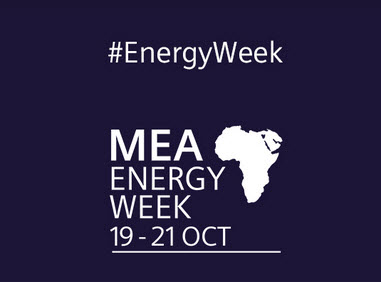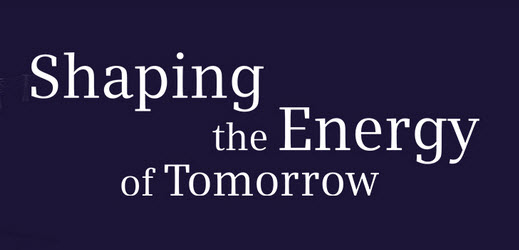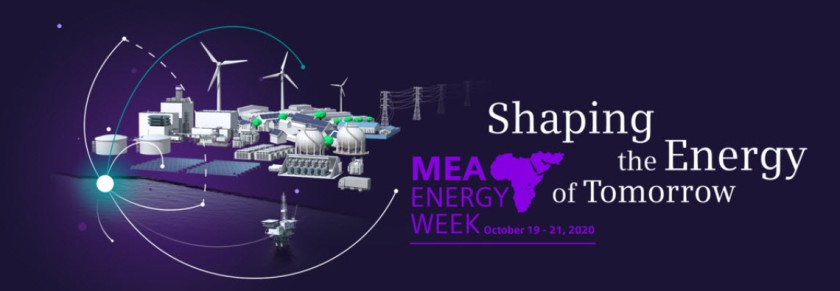
image credit alamy.com via IEEE Innovation at Work
Within the energy transition, we must not lose sight of the final consumer. We have to focus on the broader aspects of “energy transition” by re-engineering much of the existing infrastructure to create smart grids, provide storage, solar for individual homes, and the ability to introduce e-mobility across the transport sector.
These are the connecting points to the end-user. They “feel” the value of the energy transition in benefit; in energy security, increased choices and greater involvement in handling their own energy costs and local energy design choices, they see the “effect of change”.
A very critical piece of the energy transition puzzle is the necessary focus on the end-user sectors of how we work, live, and be connected to the need for energy change. It is the transport, industry, and buildings that are for the vast majority of us as the places where we “interact” with that make energy transitions real. Continue reading


 Further major Energy Solution Providers have announced their intentions of withdrawing from Coal.
Toshiba will stop taking orders for coal-fired power plants in line with growing global trends toward reducing carbon emissions. Toshiba holds 11% of the global thermal-power generation market, excluding China. This includes building power plants, producing steam turbines and providing maintenance. While the company will stop accepting new orders for coal-burning plants, it will build 10 stations under existing orders in Japan, Vietnam and other countries.
Siemens Energy, which builds steam turbines for power plants, will no longer take on new business to supply coal-fired powered stations, it said on 10th November 2020 making it the latest firm to scale back fossil fuel-related operations. Selling turbines to coal-fired power plants accounts for a low single-digit percentage of the company’s sales or roughly 820 million euros ($970 million) based on 2020 figures. According to a recent comment, the business was profitable. Siemens Energy has stated it will still meet existing commitments, including placed bids, and honour service contracts for combined heat and power stations but not engage in further coal business (Source Reuters).
Also Black & Veatch, an engineering and construction firm, has announced it also will cease participation in any further coal-based power design and construction. This shift allows its workforce to further accelerate the creation of solutions that help transform the industry, including helping clients reduce dependence on coal power assets and minimize the impact of those assets to the environment. The company says its transition away from any coal-related activity is about a commitment to sustainability and accelerating efforts toward a carbon-free energy future,
Further major Energy Solution Providers have announced their intentions of withdrawing from Coal.
Toshiba will stop taking orders for coal-fired power plants in line with growing global trends toward reducing carbon emissions. Toshiba holds 11% of the global thermal-power generation market, excluding China. This includes building power plants, producing steam turbines and providing maintenance. While the company will stop accepting new orders for coal-burning plants, it will build 10 stations under existing orders in Japan, Vietnam and other countries.
Siemens Energy, which builds steam turbines for power plants, will no longer take on new business to supply coal-fired powered stations, it said on 10th November 2020 making it the latest firm to scale back fossil fuel-related operations. Selling turbines to coal-fired power plants accounts for a low single-digit percentage of the company’s sales or roughly 820 million euros ($970 million) based on 2020 figures. According to a recent comment, the business was profitable. Siemens Energy has stated it will still meet existing commitments, including placed bids, and honour service contracts for combined heat and power stations but not engage in further coal business (Source Reuters).
Also Black & Veatch, an engineering and construction firm, has announced it also will cease participation in any further coal-based power design and construction. This shift allows its workforce to further accelerate the creation of solutions that help transform the industry, including helping clients reduce dependence on coal power assets and minimize the impact of those assets to the environment. The company says its transition away from any coal-related activity is about a commitment to sustainability and accelerating efforts toward a carbon-free energy future, 




 The energy transition needs to re-design around a global energy system built on clean, renewable energy.
The energy transition needs to re-design around a global energy system built on clean, renewable energy.